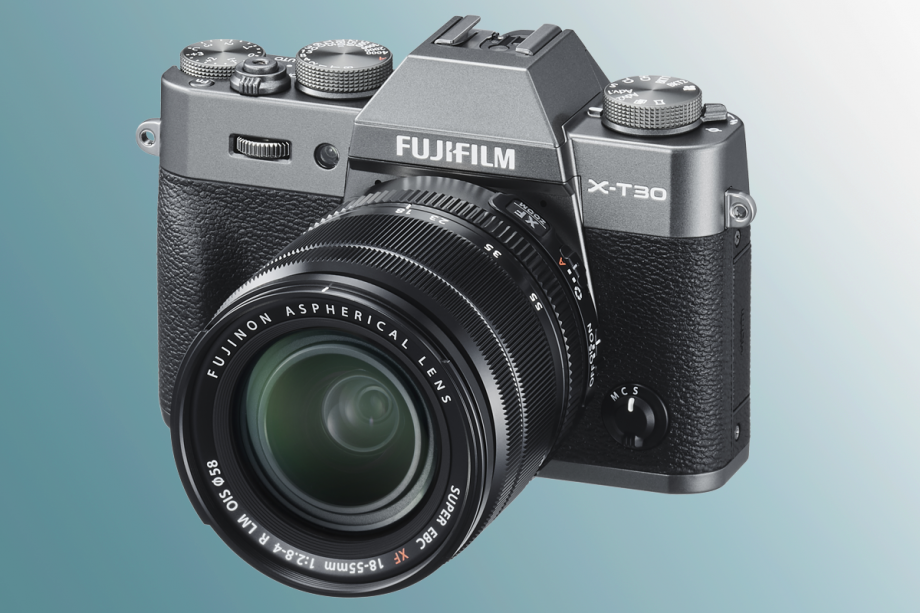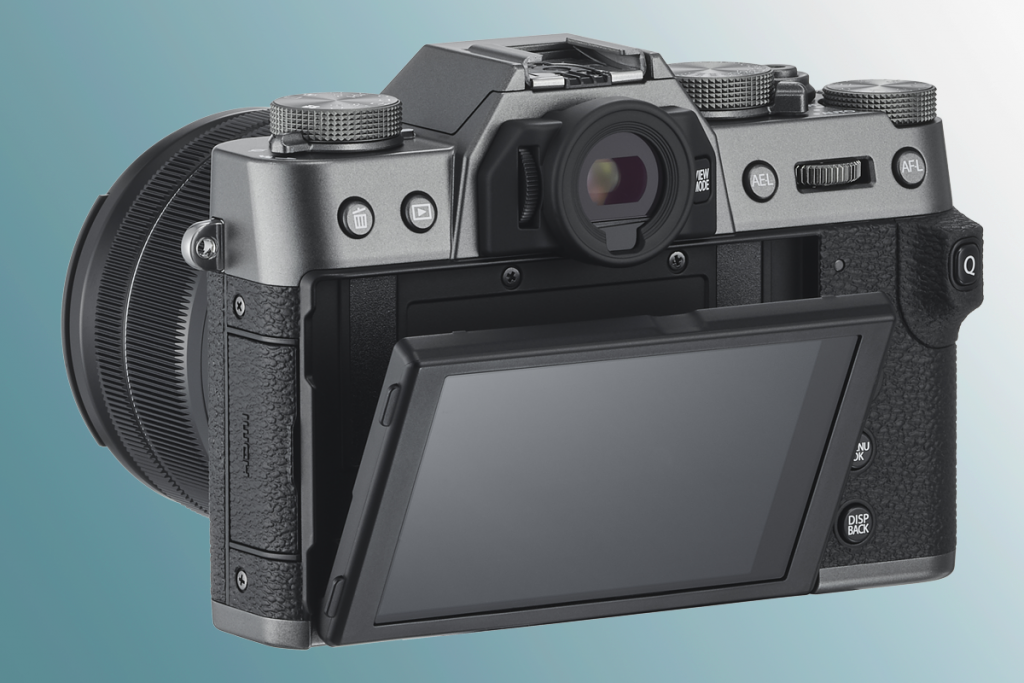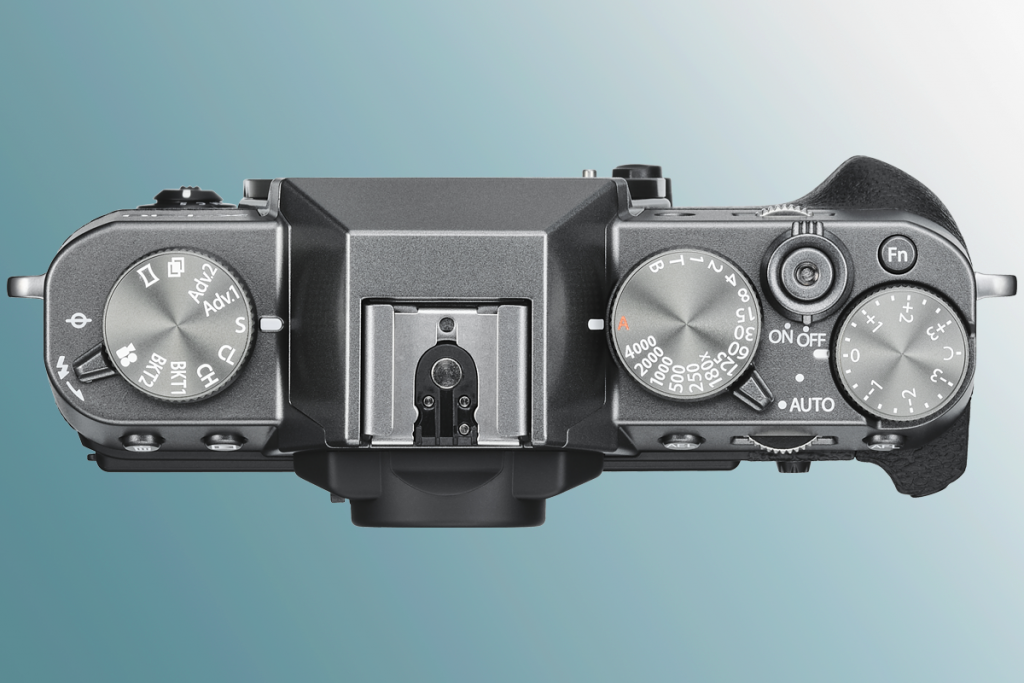Fujifilm’s X-T30 packs massive mirrorless power into a travel-size body

Full frame mirrorless cameras might have grabbed all the headlines recently, but tiny APS-C snappers are still thriving too – and the new Fujifilm X-T30 is one of the most exciting yet.
The little brother to Fujifilm’s excellent X-T3, the X-T30 has an almost identical spec sheet to its chunkier sibling, including the same 26.1-megapixel, back-illuminated X-Trans CMOS 4 sensor. The main difference is that its body weighs just 383g, making it a very promising rival to the likes of the Canon EOS M50 and Sony A6400.
When it hits shelves on 20 March 2019, the Fujifilm X-T30 will actually have some superior autofocus powers to the larger X-T3, thanks to some new firmware that’ll arrive on its big brother in April 2019. These include improved face- and eye-tracking, plus the ability to tap which face you want to focus on in a group.
So what else has Fujifilm changed from the X-T20? Very little externally, apart from a new joystick that replaces the X-T20’s d-pad. That should mean it’s much easier to change autofocus points when looking through the viewfinder.
This EVF is also very similar, with the same magnification as before but brighter and smoother performance thanks to a faster refresh rate.
Related: Best mirrorless cameras

While it’s very much a stills camera, the X-T30 also has some boosted video powers. It can now shoot oversampled 4K video at 30fps (with a 1.25x crop), though it falls short of the 60fps managed by the X-T3. You’re also limited to ten minutes of 4K recording at a time (or 15 minutes in Full HD), compared to half an hour on the X–T3.
This is one of the few areas where the larger Fujifilm X-T3 trumps the X-T30 on paper. The others are in continuous shooting, with the X-T30 restricted to 8fps in burst mode using its mechanical shutter (compared to 11fps on the X–T3) and it only has half the buffer size. While this makes the X-T3 a better bet for sports photography, the X-T30 can still manage 30fps blackout-free bursts when using the electronic shutter (with a 1.25x crop).
Aside from that, the Fujifilm X-T30 looks very much like an all-rounder for street photography, portraits and next-level Instagramming. It has all of Fujifilm’s much-loved simulations (including the cinematic Eterna), which can be handy starting points for achieving retro, atmospheric looks.
Related: Best travel camera

Perhaps the only disappointment for vloggers is that it doesn’t inherit the front-facing screen seen on the Fujifilm X-T100, instead keeping the same two-axis, 3in touchscreen as before (albeit in slightly thinner form to give you some extra distance from the EVF cup). Some might also bemoan the lack of weather sealing and in-built image stabilisation, though neither the Canon EOS M50 nor Sony A6400 offer the latter.
The Fujifilm X-T30 will cost £849 (body only) when it goes on sale on 20 March 2019. You’ll also be able to buy it with a kit lens, with the XC 16-50mm bundle costing £899 and the XF 18-55mm kit (which has superior construction and an aperture ring) going for £1199. We’ll bring you our full review very soon.
What do you think, is the Fujifilm X-T30 shaping up to be the best small mirrorless camera around? Let us know on Twitter @TrustedReviews.


